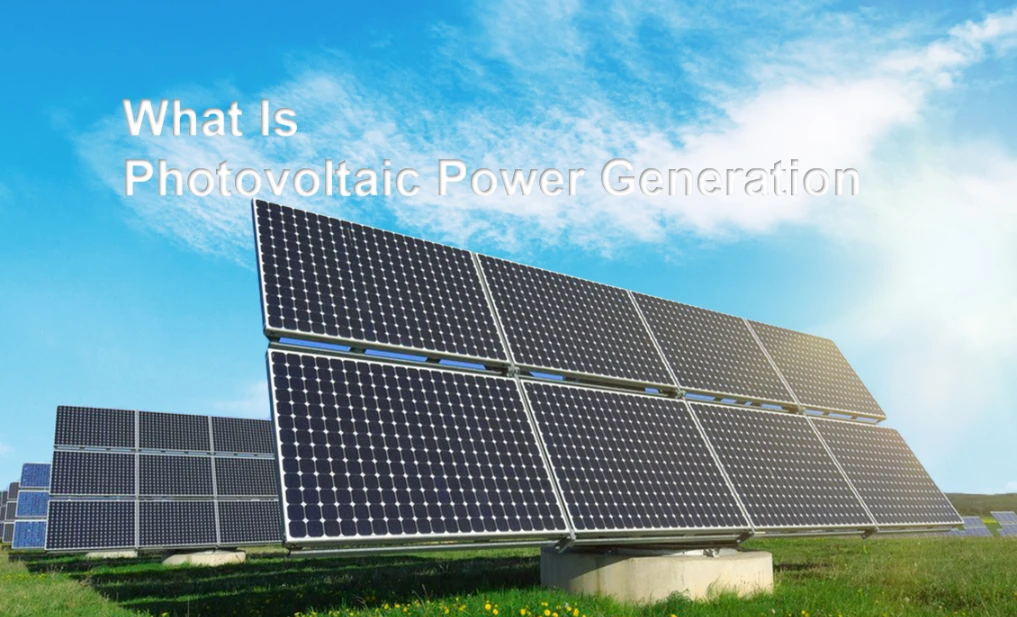
The process by which solar energy is transformed into electrical energy for use in everyday activities is known as photovoltaic (PV) power generation. Solar panels are used to generate photovoltaic power. Solar panels, also known as PV panels or modules, are a technology that captures light from the sun and transforms it into current.
Solar panels, combiner boxes, transformers, optimizers, and disconnects are the basic components of a photovoltaic power producing system. A photovoltaic system is made up of solar panel arrays.
How do photovoltaic battery work?
In order to generate electricity, photovoltaic technology uses semiconductors. When photons of light with sufficient energy enter a photovoltaic cell, they activate electrons to a higher energy state. Once liberated, the electrons will behave exactly as if they were in a conducting material. The caught free electrons will then produce an electric flow which can be utilized to generate power.
Types of PV systems
One of the fields in technology that is expanding the quickest in the globe is photovoltaic, which gives us a variety of alternatives.
Solar panels come in three basic varieties:
- Thin-film Solar Plates
One or more photovoltaic films are attached to a substrate to create thin-film solar cells. Copper, cadmium, or silicon are all acceptable photovoltaic materials. Thin-film solar cells are the simplest and most affordable to make since they require less material.
- Monocrystalline Solar Plates
These silicon single-crystal photovoltaic cells are the purest type of photovoltaic cell. Solar panels often have rounded edges and a uniformly black appearance. The high purity of silicon provides more space for electron movement. With rates of above 20%, this makes these the most effective type of solar panel.
- Polycrystalline Solar Plates
Due to the PV panels’ angles not being trimmed, these cells are simple to identify. They are typically blue and made by melting pure silicon, as this is a quicker and less expensive method than making monocrystalline cells.
PV systems can also be divided into groups based on their grid connectivity. Regarding this, we have two primary PV systems:
Systems not connected to the Grid
There is no grid connection for these systems. They are typically employed to meet the electrical requirements of far-flung structures or vacation houses that lack access to the public grid. Off-grid systems typically need an auxiliary generator or solar batteries to have electricity when the sun isn’t shining, despite the fact that they are completely self-sufficient. Since they do not need specific permission from electrical distribution companies, these panels are a practical choice.
Systems Connected to the Grid
Since these systems are linked to the grid, you can use electricity from the utility company as needed.
Choosing top-notch rechargeable batteries is vital if you want to take advantage of free electricity at night. JYC Battery is a reputable rechargeable battery supplier with experience in producing the best solar batteries mong a variety of vendors.



